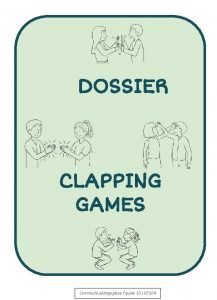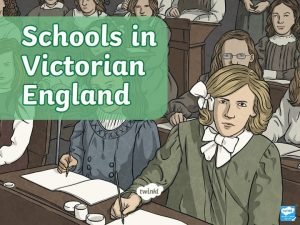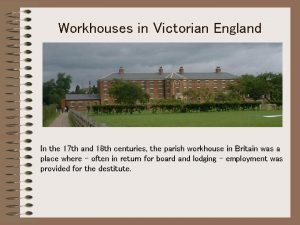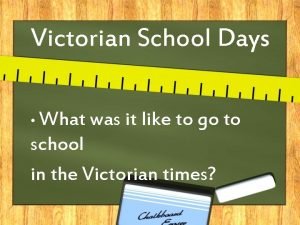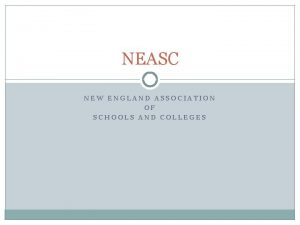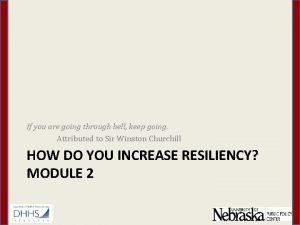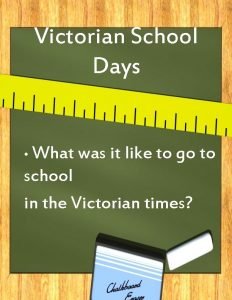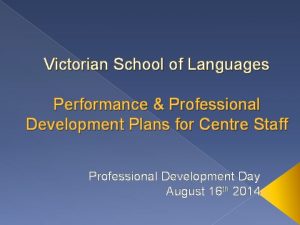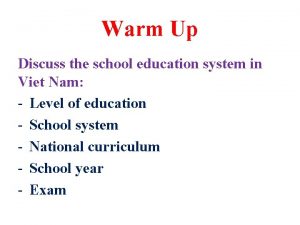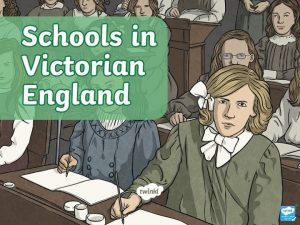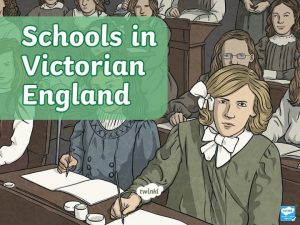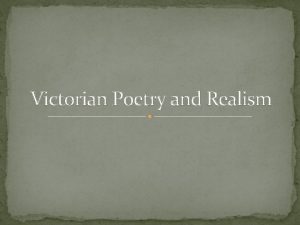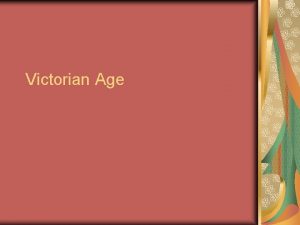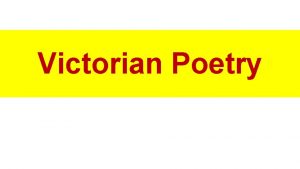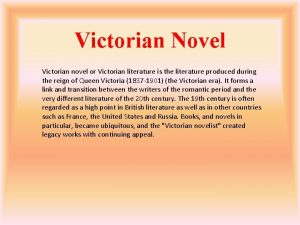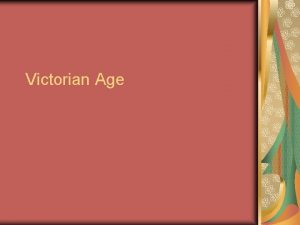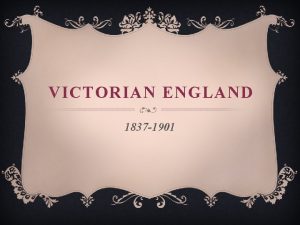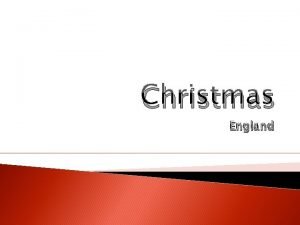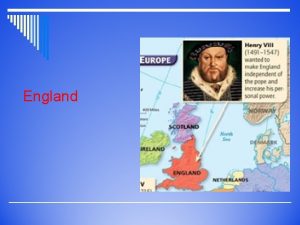Schools in Victorian England Going to school in













- Slides: 13


Schools in Victorian England Going to school in Victorian times was very different to school life today. In England, schools were not free until 1891. Until then, children had to pay to go to school. Poor children went to free charity schools or schools run by women, called ‘Dame schools’. They also went to Sunday Schools run by churches.

Schools in Victorian England Children from rich families were often educated at home until they were 10 years old. Boys were then sent to Public schools like Eton or Harrow. However, very few schools had availability for girls. Rich girls were usually educated at home. Queen Victoria made many changes to schools to improve education, especially for the poor children.

Schools in Victorian England Victorians decided that all children should go to school and checked schools were giving the best education. They introduced laws to decide what children should and should not be expected to do, such as work. In 1880, a law was made to make sure every child in Britain between the ages of 5 and 10 went to school.

Classrooms The classroom in Victorian times was sometimes known as the schoolroom. In the schoolroom, the pupils sat at desks, in rows, facing the front. The windows of the schoolroom were high so that pupils could not look out and the rooms would have been lit by gaslights. It was probably a cold room so you would have wanted to sit close to the fire. The walls would have been quite bare, but there might have been a large map of the world for you to look at. The school morning started at 9 a. m. and lasted until 12 noon. Children were sent home for lunch and then returned for afternoon classes which ran from 2 p. m. until 5 p. m. There were no school lunches and, sometimes, no breaks! Classes in Victorian times were sometimes very large with 40, 70 or even 100 pupils!

Teachers There were more male teachers than female teachers in Victorian times. Children were expected to call a male teacher ‘Sir’ and a female teacher ‘Madam’ or ‘Miss’. In many schools, pupil-teachers helped with the teaching. These were boys and girls over 13 years old. After being a pupil -teacher for five years, they could themselves become teachers. Pupils were expected to be very respectful towards their teachers and had to bow, salute or curtsey to them in the morning.

Punishment Pupils in Victorian schools were punished very harshly if they misbehaved. Some reasons for punishments could be for rudeness, leaving a room without permission, not telling the truth, laziness or missing school. Sometimes teachers used a cane. Canes were made from wood and were used to hit children. Boys were usually caned on their backsides and girls were caned across their hands or bare legs.

Punishment ‘Dunce’ was a term used to describe someone who found learning difficult. If children were finding the work difficult and struggled to keep up in class, they were often made to wear a ‘dunce’s cap’. A dunce’s cap was usually made out of newspaper with the word dunce or a letter D on it. Children who wore a dunce’s cap were sometimes told to stand in front of the class because teachers believed the child would be embarrassed into making more effort. Today we understand that everyone learns at a different speed and it is cruel to punish those who find work difficult.

Punishment Teachers may also have used a tawse (a thick leather strap split at one end into two or three tails) across children’s hands or legs. In some Victorian classrooms, badly behaved children may be put in a ‘punishment basket’ which was a wicker basket raised from the ground by ropes and pulleys. Children could be left suspended from the ceiling for the entire morning. Teachers may also have given children lines. This meant children would have to write the same sentence over 100 times without making a single mistake. All punishments were recorded in the school’s ‘punishment book’.

Lessons in Victorian times were mostly made up of the teacher talking and the pupils listening or copying from the board. Learning was done by rote, which means children chanted things over and over again (like the multiplication tables facts) until they knew them by heart. Children studied the three Rs - reading, writing and arithmetic (maths). Pupils would also have studied history and geography. Girls and boys often had different activities to do in the afternoon. The girls were taught cooking or sewing and the boys might have been taught woodwork. The children all took part in PE lessons called drill. Drill involved the children lining up in rows, stretching, swinging weights, jogging on the spot or marching.

Lessons In Victorian times, paper was expensive so pupils used slates instead. Children would scratch letters or numbers onto the slate with a sharp slate pencil. The slates could be cleaned easily and could be used again. Young children could practise writing their letters in sand. Older children used fountain pens and ink. Desks had a place for an inkwell and one of the pupils would have the job of filling the inkwells every day. Pupils wrote with ink in jotters called copybooks.

Lessons Pupils were taught to use cursive writing called copperplate. If you were left handed you were often forced to write with your right hand. Other equipment in a Victorian classroom might have been an abacus, with beads for counting, in maths and a globe or a wall map in geography.

 Lve
Lve Victorian period floral design
Victorian period floral design American victorian flower arrangements
American victorian flower arrangements Victorian england titles
Victorian england titles Education during the victorian era
Education during the victorian era Union workhouses in victorian england
Union workhouses in victorian england What were victorian schools like
What were victorian schools like New england association of colleges and schools
New england association of colleges and schools If you are going through hell keep going
If you are going through hell keep going Powerschool hsv
Powerschool hsv Safety target reach schools
Safety target reach schools Victorian school dunce hat
Victorian school dunce hat Victorian school of languages
Victorian school of languages Unit 4 school education system
Unit 4 school education system
